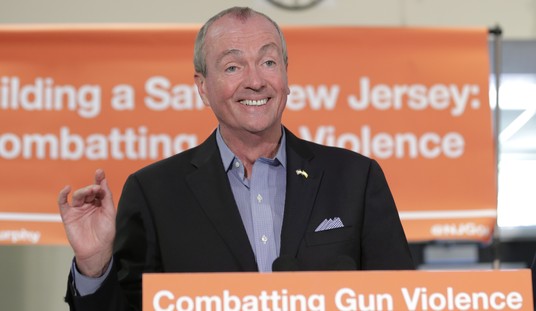Add in another 50,000 people or so who’ve signed up on the individual state exchanges and you’ve got roughly 100,000 total enrollees through all of October and 10 days of November. The program’s target for October alone was 494,620. And that figure represents what they thought would be a “slow” month, as the public gradually got up to speed on the need to sign up before December 15th. If you’re looking at the bigger picture, they’re aiming for seven million new enrollees by March 31 of next year. They’re 1.4 percent of the way there with almost 25 percent of the initial enrollment period having already elapsed.
They’re in trouble.
So far, private health plans have received enrollment data for 40,000 to 50,000 users of the federal marketplace, the people familiar with the figures said. The federal marketplace uses an industry-standard format to exchange enrollment information, known as an 834 transmission…
In some cases, insurers have reported duplicated 834s and other data-integrity problems, but the people familiar with the matter said they believed these figures reflected an accurate count of enrollments through late last week…
The initial federal numbers set for release this week are expected to show enrollment only through the end of October, so the figures are expected to be lower. Efforts to clean up the data and reduce duplications could further cull the formal count.…
The administration hasn’t said whether it will release demographic data such as ages when it announces the number of enrollees.
Fearless prediction: They’re not going to release the demographic data. The only way to make these numbers look more dismal than they are is if it turns out that many, or even most, of the 100,000 who’ve enrolled are older people or people with preexisting conditions. Which, in fairness to the feds, was always likely to be the case in the first weeks after launching the exchange, even if things had gone swimmingly with the website otherwise. It stands to reason that the people most eager to get coverage are those who’ve been locked out of it or been paying higher premiums in the past. It’s one thing to make that point, though, when you’ve got 500,000 new enrollees on the books and can cite such a robust figure as proof that the “young healthies” are out there and are on their way into the risk pool. It’s another to make that point when you’ve got one-tenth that number, which means a skewed pool and circumstantial evidence that maybe the “young healthies” have now been discouraged from even trying to sign up. In fact, the Journal published a story just a week ago quoting insurers as saying the early enrollees thus far are older than they expected. If, for the reason I just gave, they were already expecting an older, sicker crop among the early enrollees, how much older and sicker must the data they’re seeing be for them to be surprised at the extent of it?
Peter Suderman says it’s time to start thinking about worst-case scenarios:
The potential problems are not confined to the near term either. Very soon, the short-term technical troubles could begin to have meaningful longer-term policy consequences. Insurers must decide what plans to offer and what rates to charge in the first half of next year. If enrollment is low, if the exchanges are still broken, and if the president and his administration are still losing credibility and popularity as a result of the rollout debacle, how will insurers react? By pulling plans from the market? By raising rates?…
This could still be turned around, perhaps even soon. But it’s time to start considering the worst-case scenarios: that the exchanges continue to malfunction, that plan cancellations go into effect, that insurers see the political winds shifting and stop playing nice with the administration, and that significant numbers of people are left stranded without coverage as a result. Rather than reforming the individual market, which was flawed but did work for some people, Obamacare will have destroyed it and left only dysfunction and chaos in its wake.
Yuval Levin said not long ago that you can’t start talking about a “death spiral” until things have actually spiraled — not just higher rates next year, in other words, but higher rates year after year as the cost of maintaining coverage becomes prohibitively expensive for more and more middle class people and they end up dropping it, leaving only older, sicker people in the pool. As Suderman notes, if low enrollment persists into the spring and the 2015 rates are set based on that data, we might have our first full downward turn in the spiral. Exit question: How long before Obama announces some sort of extension of next year’s enrollment deadline? Over/under is Friday.








Join the conversation as a VIP Member